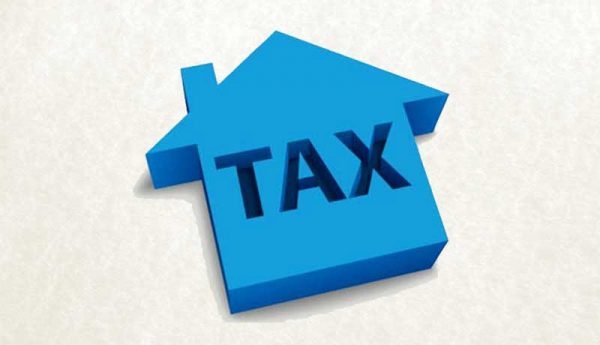In today’s fast paced world, the online tax filing facility has made the process of submitting returns a hassle-free and efficient process. In order to submit or e-file income tax returns online, taxpayers and assesses must affix their Digital Signature to the tax return document as a way of authenticating it.
Digital Signatures have been given the same status as regular signatures by the IT Act, 2000. They verify and attest that the owner of the signature has authenticated the (digitally) signed document, in a secure, fraud-free environment.
Digital Signatures cannot be disowned or claimed as forgeries by the signatory – as there are checks in place to verify the same. Documents that have been digitally signed are also protected from further alteration / editing (post-signing) and verify that the document has been attested and verified by the person who signed it, as forgeries are also not generally possible with digital signatures.
In the modern world where important documents, etc. are transferred online, digital signatures provide a high level of security for authentication and non-repudiation along with convenience and easy usability.
Digital signatures are issued by Certification Authorities (CAs) and are signed using the private key assigned to that particular Certification Authority. The Public Key Infrastructure (PKI) is the technology used for digital signatures.
Digital Signatures Consist of:
- The Owner’s name.
- The Owner’s public key.
- The Expiration date of the Owner’s public key.
- The name of the Issuing Certification Authority.
- Serial Number assigned to the digital signature.
- Digital signature of the issuer.
A physical copy of the tax return need not be submitted if e-filing is being done with a digital signature.
How to Register a Digital Signature with the Department of Income Tax:
Step 1: To get started with the process of registering and using a digital signature for the purposes of e-filing income tax returns, one must first log on to the Income Tax India website.
Step 2: Once on the official Income Tax e-filing website, the assessee must click on the “Log In” button.
Step 3: Users that have already registered with the IT department on the website can log in using their User ID and Password. After entering the correct details, click on “Login”.
Step 4: Once logged in, the assessee must click on the button that says “My Account”.
Step 5: In the “My Account” tab, select the option that says “Update Digital Certificate”. Once clicked, a download should automatically start – or the user will be faced by certain prompts and warnings of potential danger to the computer system because of an attempted download from an untrustworthy source. Click “Yes”, “Accept”, or “Continue” depending on the browser being used.
Step 6: A download should start at this point, which contains a file from the Income Tax Department called “StoreCertificate”. This will store a local copy of the digital signature on your computer system.
Step 7: Go back to the open web page and click on “Upload your USB Token”. This will take you to a page with a button that says “Select your USB Token Certificate” and “Browse”. Click on this button and it will open a selection prompt window.
Step 8: In the selection window, find and select the file you just downloaded. It’s usually found in the path C:\WINDOWS\system32\eTPKCS11.dll.
Step 9: Select the file mentioned above (eTPKCS11.dll) and click “Okay”, then enter the PIN code (Token Password), and then click on “Sign”.
How to Upload Income Tax Return Online using a Digital Signature:
Step 1: Fill out and properly prepare the Income Tax Return form, generate the file as an XML file, and save it on your local computer system.
Step 2: Open the login page of the Income Tax India website, and, using your credentials, log into your private income tax management dashboard.
Step 3: Find and click on the tab that says “Submit Return”, and then select the appropriate Assessment Year.
Step 4: Select the Form Name from the drop down menu that’s provided on the page.
Step 5: The next field asks the question “Do you want to Digitally sign the file?” select the “Yes” option.
Step 6: The next field requires you to choose the type of digital signature you wish you use – “Sign with .PFX file”, or “Sign with USB Token”. Pick the right option depending on your personal income tax return filing requirements, and upload the Income Tax Return using the Digital Signature Certificate, and authenticate the same.
Using a digital signature and e-filing the income tax return has a number of benefits, not limited to streamlining the efficiency of the entire process. It ensures a reduced amount of fraud and misrepresentation and ensures that individual taxpayers take individual responsibility for managing their own finances in terms of filing income tax returns. In addition to this, it also ensures that the Income Tax Department gets to work processing the refunds as soon as the file has been uploaded.

